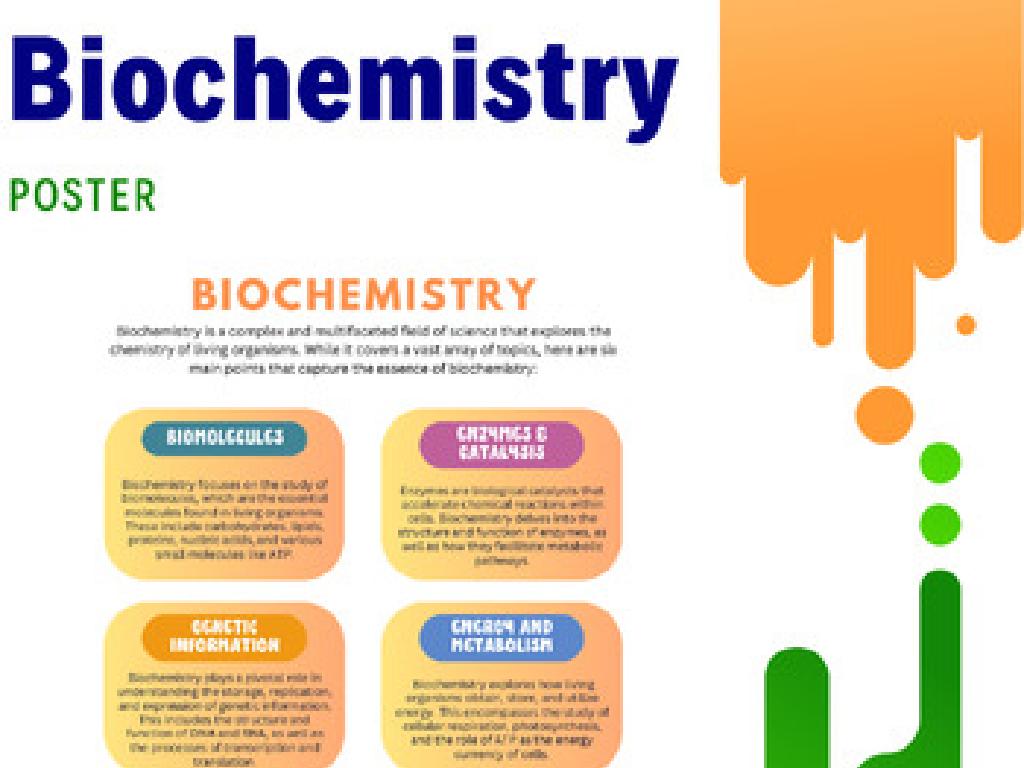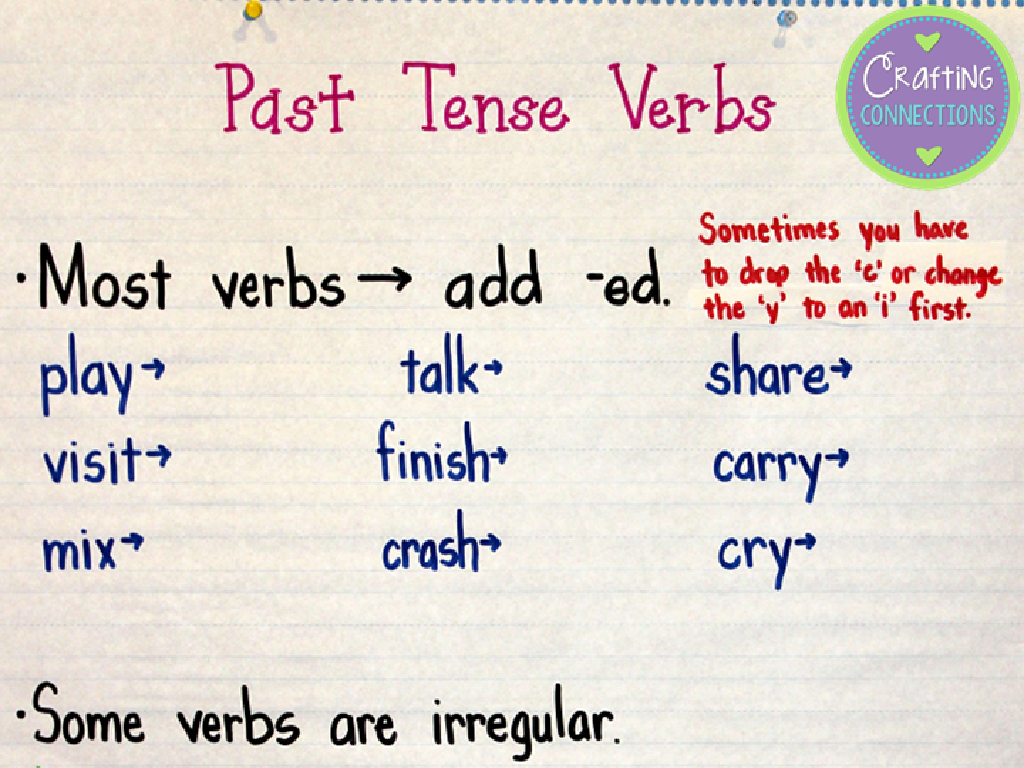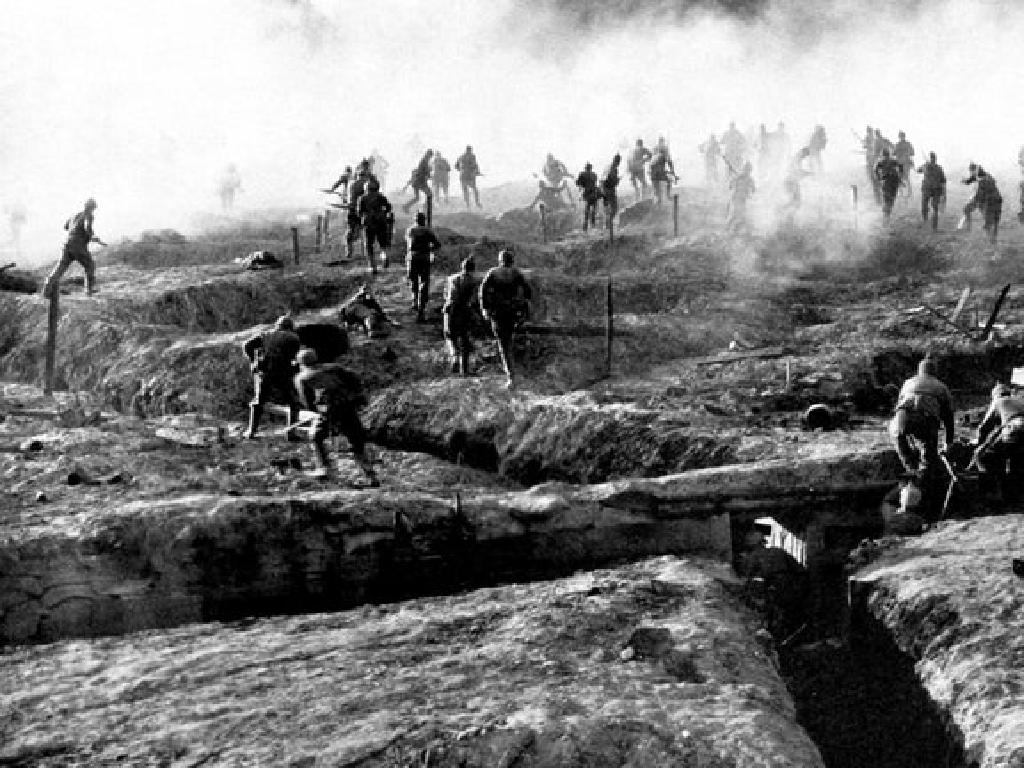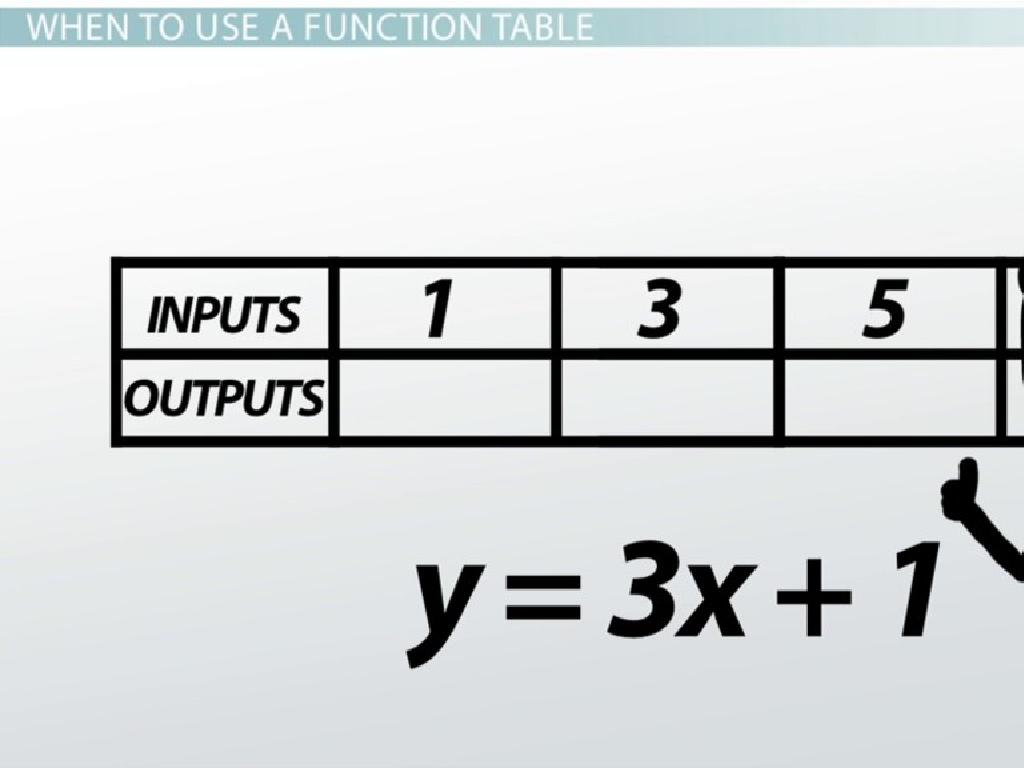Analyze Passages From The Giver: Part 1
Subject: Language arts
Grade: Eighth grade
Topic: Novel Study
Please LOG IN to download the presentation. Access is available to registered users only.
View More Content
Analyzing ‘The Giver’: Setting the Scene
– Introduction to ‘The Giver’
– A dystopian novel by Lois Lowry about a seemingly utopian society
– Focus: Analyzing Passages – Part 1
– We’ll dissect specific sections to uncover deeper meanings
– Explore the setting of the story
– How does the setting influence the narrative?
– Delve into characters and themes
– Understanding protagonists, antagonists, and the central message
|
Begin the lesson by introducing ‘The Giver’, a novel by Lois Lowry that explores a controlled, utopian society. Today’s focus will be on analyzing key passages to gain a deeper understanding of the setting, characters, and themes. Encourage students to consider how the setting shapes the community’s perspective and behavior. Discuss the roles of the main characters and what they represent in the context of the story. Highlight the themes of freedom, emotion, and memory as they appear in the text. Engage students in a discussion about their initial impressions of the society depicted in the novel and what underlying messages they may already perceive.
Exploring ‘The Giver’: Setting and Characters
– Overview of ‘The Giver’s’ setting
– A futuristic, seemingly perfect community without pain
– Dystopian literature characteristics
– A genre where societies are flawed, posing as utopias
– Meet Jonas, the protagonist
– Jonas is an 11-year-old boy confronting his community’s secrets
– Introduction to The Giver and others
– The Giver holds the community’s memories; other characters shape Jonas’s journey
|
Begin with a brief summary of the setting in ‘The Giver,’ highlighting the community’s structure and the absence of pain and suffering. Discuss the features of dystopian literature, emphasizing how it often critiques social and political structures by presenting an exaggerated worst-case scenario. Introduce Jonas as the central character who begins to see beyond his community’s superficial perfection. Explain The Giver’s role as the keeper of memories and how other characters contribute to Jonas’s understanding of his world. This slide sets the stage for a deeper analysis of the novel’s themes and the societal commentary it presents.
Exploring Themes in ‘The Giver’: Part 1
– Major themes: Memory, Individuality, Emotions
– Memory shapes identity, Individuality defines us, Emotions guide decisions
– Themes’ connection to our reality
– Compare the society in ‘The Giver’ with our own
– Analyzing themes in passages
– Discuss specific book excerpts illustrating these themes
– Reflect on themes’ significance
|
This slide aims to delve into the major themes of ‘The Giver’ and their relevance both within the novel and in our own world. Memory is depicted as a crucial element of identity, individuality as a cornerstone of humanity, and emotions as a driving force in decision-making. Students should be encouraged to draw parallels between the dystopian society of ‘The Giver’ and their personal experiences or societal observations. By analyzing selected passages, they will gain a deeper understanding of how these themes are woven into the narrative. The discussion should also touch on the importance of these themes in shaping the characters and the plot, fostering a critical appreciation of the novel’s message.
Analyzing a Passage from The Giver: Chapter 1
– Read Chapter 1 passage aloud
– Examine tone, mood, and foreshadowing
– Tone: the author’s attitude, Mood: the emotional setting, Foreshadowing: hints of what’s to come
– Discuss author’s purpose
– Why did Lowry write this? What message is conveyed?
– Explore Lois Lowry’s style
– Lowry’s unique narrative approach and language use
|
Begin by reading a selected passage from Chapter 1 of ‘The Giver’ together in class. Engage students in identifying the tone and mood of the passage, and discuss any instances of foreshadowing they detect. This will help them understand how these elements contribute to the overall narrative. Proceed to discuss Lois Lowry’s purpose behind writing the book and the particular style she employs in ‘The Giver’. Encourage students to think critically about the themes and messages presented in the text. This activity will enhance their analytical skills and deepen their appreciation for literature.
Group Analysis Activity: Exploring ‘The Giver’
– Break into small groups
– Each group gets a unique passage
– Discuss themes within the passage
– Look for central ideas or messages in the text
– Examine tone and character growth
– Observe how the mood is set and characters evolve
|
This activity is designed to foster collaborative learning as students delve into ‘The Giver’. By working in small groups, students can engage in meaningful discussions and gain diverse perspectives. Each group will receive a different passage to ensure a wide coverage of the book’s content. Instruct students to identify and analyze the themes, which are the underlying messages or big ideas. They should also pay attention to the tone, which is the author’s attitude toward the subject, and note any significant character development. Encourage groups to use textual evidence to support their analysis. After the activity, each group will present their findings, allowing the class to piece together a richer understanding of the novel.
Sharing Our Findings: The Giver Analysis
– Groups present their analysis
– Discuss different viewpoints
– Explore passages’ role in plot
– How do specific passages contribute to the story’s progression?
– Reflect on plot advancement
– Consider how the events build tension, develop characters, or foreshadow future events.
|
This slide is designed to facilitate a classroom activity where students will share their individual analyses of selected passages from ‘The Giver: Part 1’. Each group will present their findings, highlighting how they interpreted the text. Following the presentations, the class will engage in a discussion to explore the varying perspectives and insights. The teacher should guide the conversation towards understanding the significance of these passages in advancing the plot. Questions to consider: What new information do we learn from these passages? How do they change our understanding of the characters or the setting? How do they set up future events in the novel? This activity encourages critical thinking and helps students appreciate the complexity of the narrative structure.
Class Activity: Jonas’s Diary Entry
– Write as Jonas in a diary format
– Reflect on community rules
– Consider how Jonas views the community’s strict regulations
– Express feelings about individuality
– Does Jonas feel his uniqueness is suppressed?
– Share and discuss with a classmate
|
This creative writing activity is designed to deepen students’ understanding of the character Jonas and the societal structure in ‘The Giver’. Students will write a diary entry from Jonas’s perspective, reflecting on how the community’s rules might affect his thoughts and feelings, especially regarding individuality. Encourage students to explore the emotional and intellectual response Jonas might have to the constraints he faces. After writing, students will pair up to share their entries and discuss the similarities and differences in their interpretations of Jonas’s perspective. This exercise will help students practice empathy and critical thinking, as well as provide an opportunity for creative expression.
Wrapping Up & Looking Ahead
– Summarize today’s key points
– Homework: Read next two chapters
– Continue exploring the world of ‘The Giver’
– Focus on symbolism for discussion
– Notice symbols used by the author, Lois Lowry
– Bring questions or insights tomorrow
– Think about what the symbols might represent
|
As we conclude today’s lesson, ensure students have a clear understanding of the key themes and character developments discussed. For homework, they should read the next two chapters of ‘The Giver’ to continue their journey into the novel. Encourage them to pay special attention to any symbols that appear in the text, as these will be the focus of tomorrow’s class discussion. Remind them to note down their thoughts and questions about the symbolism in the novel, as active participation will be expected. This exercise will help deepen their analytical skills and appreciation for literary devices.





